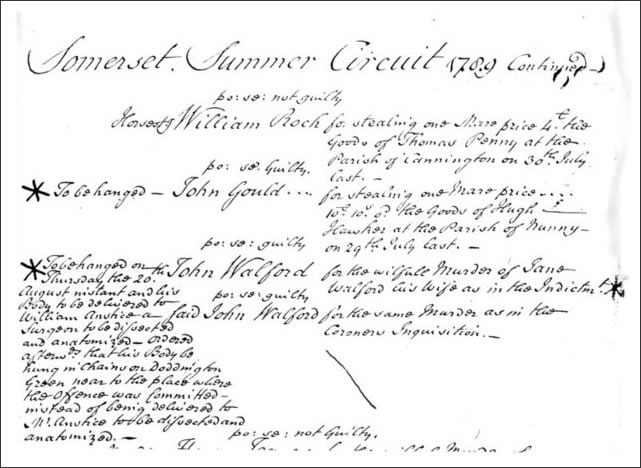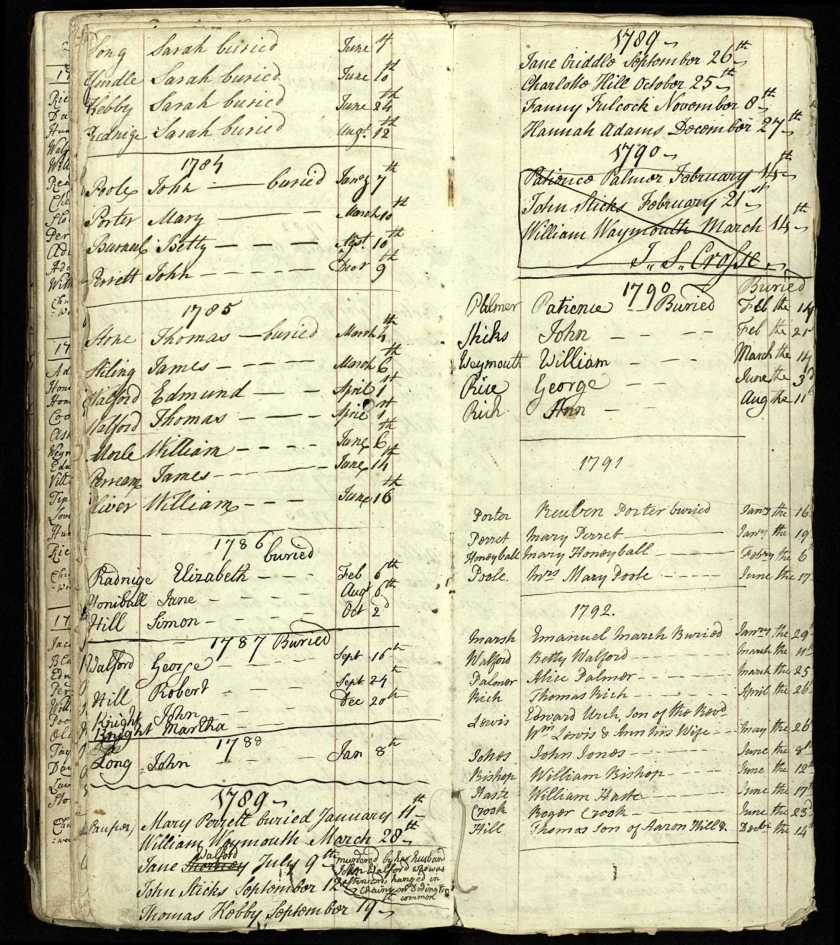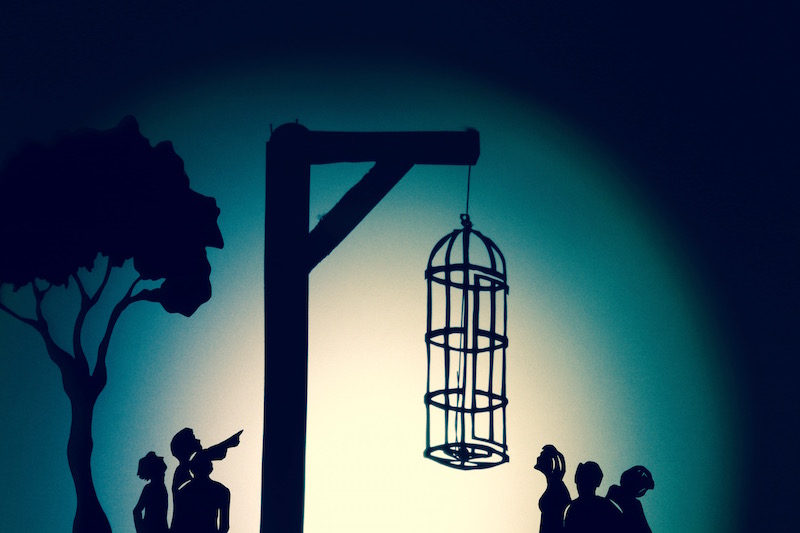I have been experimenting with the use of shadows to animate stories from Halsway Manor’s Landscape and have included a test shoot for John Walford’s Gibbet with a soundtrack of Ruth Tongue’s ‘Severn No More,’ sung by Biddy Rhodes. I am hoping to explore several stories in this manner and want to share some of the facts behind the folktale with you.
It would be possible for me to write a whole blog on John Walford alone, but I thought I would share a couple of documents with you that remind us this is no folktale. Unusually the passage of time has seen this story become heavily romanticised. John Walford is raised up to almost angelic status. He is described as having striking good looks, even in death. However, his pregnant victim has been vilified, described as slovenly and cunning. John is trapped into marriage and kept from true love. John Walford is the victim of a cunning woman who repeatedly seeks him out leaving him powerless to resist her. To add a little context I would like to add that, at the time of the murder, Jane was heavily pregnant with her second child by John. The first child continued to live in Over Stowey following the murder of her mother and where her father’s body hung from a gibbet on Doddington Common for a year.

As I said earlier the story has been heavily romanticised with claims that the Judge was so distraught at having to deliver the death sentence he cried during sentencing. Yet, the notes from the Summer Circuit do not show any form of leniency for the prisoner. Walford’s body was initially to be passed to a surgeon for dissection. However, Judge Kenyon later changed this, instructing that Walford’s body would be ‘hung in chains’ on Doddington Green at the place where the offence was committed. Apparently this public display was at the request of the parish due to three murders being committed in the area in living memory. It is worth mentioning that, for many of the poor, life was very hard. The full document shows several entries for execution and deportation for theft of relatively small items such as a coat.
Lord Kenyon’s bench notes from the trial on 18thAugust contain statements from several witnesses who knew both John and Jane Walford. The notes refer to Jane as Jenny, allowing me to gain a sense of the woman who was so horrifically murdered. John was clearly acting strangely. Blood was seen on his hand and he had been heard saying that he would either ‘murder her or go from her’. Walford accuses another man of the murder and even implicates his brother ,William, before claiming that Jenny had done him a ‘good chore’ by cutting her own throat. At no point is he seen to express emotion, any shock is perceived by the witnesses as a sham. I couldn’t help notice that none of the witnesses heard John and Jenny arguing before the murder, none of them make any comments that relate to John’s unhappy marriage at the hands of a slovenly or sly creature and none of them, including the two called to speak for John as character witnesses, make any comment regarding his good character. John Poole, in speaking on John’s behalf, can only say that he had ‘never heard anything about his character (and he had) as good a character as other common Labourers’.

It is worth noting that although Jenny and John set out for cider from the Castle of Comfort Inn they were not seen there that night and there is nothing to suggest that they were arguing. I remain unsure how a seemingly premeditated and violent murder of a heavily pregnant wife and mother became anything other than a heinous crime but to answer that I think we would have to consider the influence of Wordsworth, Coleridge and Thomas Poole who, in the years following the murder, will come to have a huge impact on the area
Perhaps Doctor Blake’s account of Jenny’s wounds is all that needs to be said?
I inspected the Body. Large wound in fore part of the neck. It appeared to have been cut with great force, as a mark in one of the bones of the neck.
The windpipe & principal vessels all divided. Must have occasioned death.
I opened the scalp. Found an impact contusion on right Temple. Exhausted blood. Scull materially hurt. Sections in the scull had given way. The injury must have happened by a blow from a large blunt instrument or by a violent fall.
X She must have died for Death from the consequence of the hurt on the head.
Evidence of Mr Blake, Surgeon, from Judge Kenyon’s bench notes

